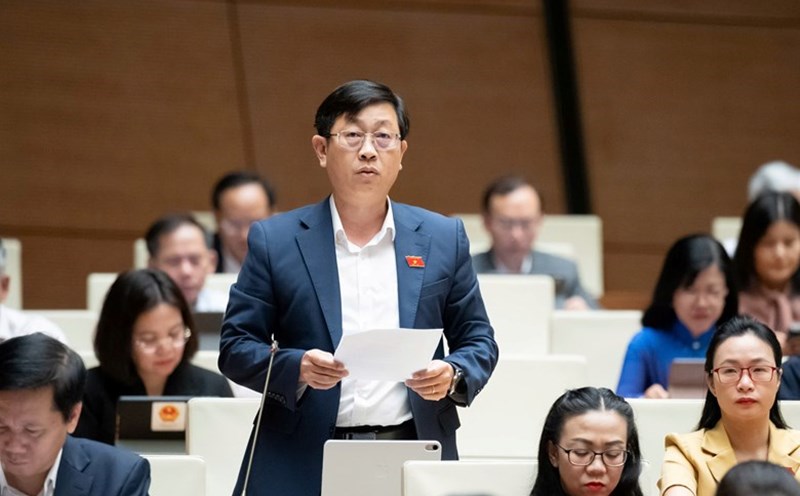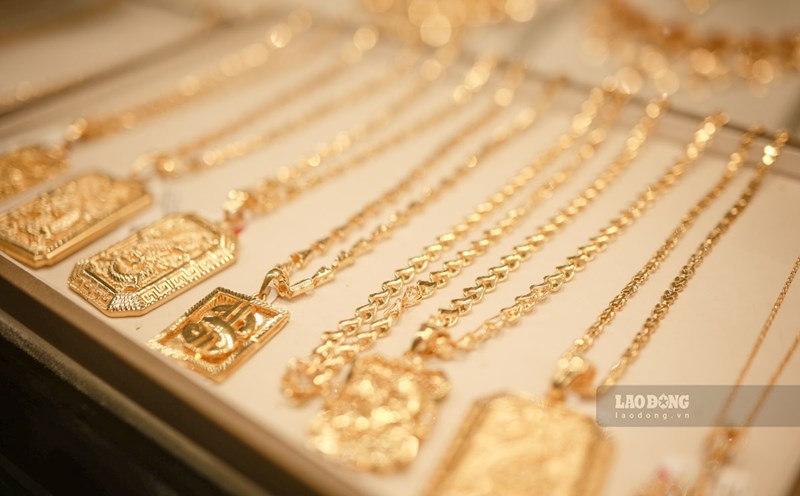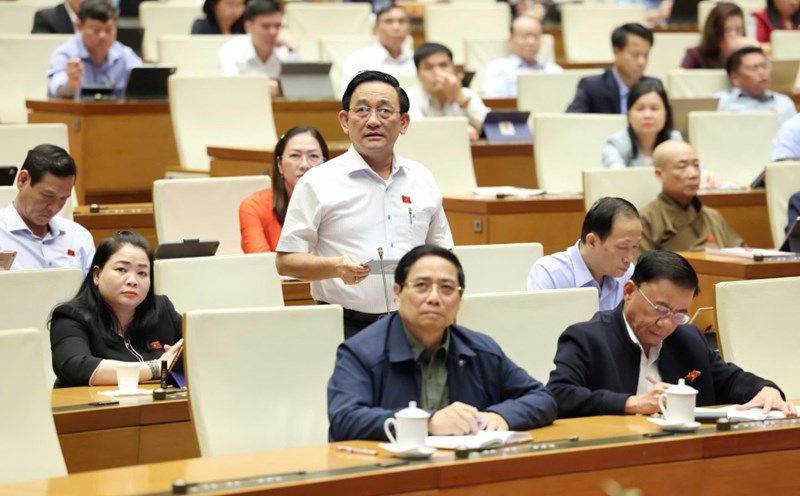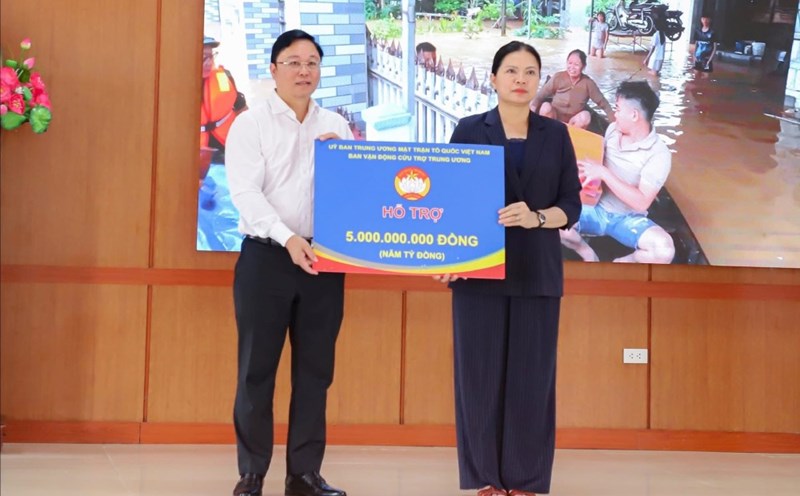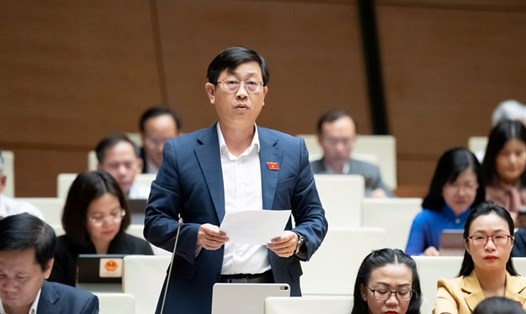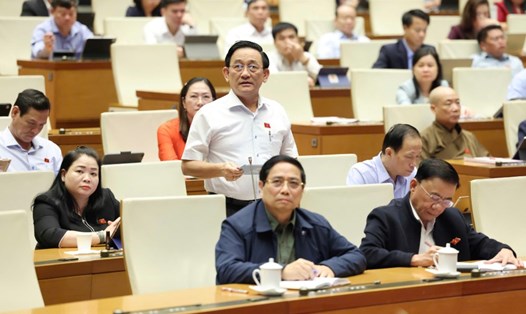On the afternoon of October 30, discussing the implementation of the state budget, delegate Thach Phuoc Binh (Vinh Long delegation) said that two important resources that have not been exploited commensurately are non-budgetary state financial funds and gold resources, assets accumulated among residents.
According to the delegate, both are large capital provisions of the economy, one located in the public sector, the other located among the people, but both lack a synchronous, transparent and effective management and mobilization mechanism.
Regarding mobilizing gold resources among the people, the delegate said that according to the World Gold Council, the Vietnamese people currently hold about 400-500 tons of gold, equivalent to 35 to 40 billion USD - accounting for nearly 8% of GDP.
Each year, Vietnam consumes an average of 55 tons of gold, making it among the countries consuming the highest gold in the region. However, the majority of this gold is still in the trunk - a huge resource that has not been converted into capital for the economy.
According to the delegate, in 2024 and the first months of 2025, there will be times when the gap between domestic and world gold prices will exceed more than 14 million VND/tael, even up to 20 million VND/tael.
"This reflects market instability and speculative and holding back psychology. Although the State Bank has intervened to bid for gold bars, this is only a short-term solution. The root cause is still the lack of a transparent, modern and safe market mechanism for people," said the delegate.
From there, the delegate proposed 5 specific groups of solutions to mobilize and financialize gold among the people.
One is to stabilize the gold market, narrow the gap between domestic and foreign gold prices to below VND5 million pertaining to within 6 to 12 months; control speculation, increase supply through imports with gold control.
The second is the establishment of the National Gold Exchange. According to Mr. Binh, this is an institutional breakthrough, allowing people to deposit physical gold in standard warehouses, receive electronic certificates for trading, mortgage or exchange. Thereby, the State can manage the real gold flow while still ensuring the ownership of the people.
The third is to develop gold financing products such as issuing gold certificates as collateral, gold investment funds, and gold bonds guaranteed by physical gold in warehouses. People can contribute gold or invest in Vietnamese Dong (VND), enjoy profits according to gold prices, turning static capital into stable capital.
Four is to encourage the conversion of gold into VND through a policy of free deposits, interest rate incentives or the issuance of government bonds in gold, exclusively for physical gold sellers.
Fifth is to ensure system safety and information transparency, strictly prohibit banks from mobilizing or lending in gold, and periodically publish national gold bulletins so that people have full access to information, creating trust in the market.
According to delegate Thach Phuoc Binh, if only 10 - 15% of the amount of gold in the people is included in the financial system, equivalent to 5 to 7 billion USD, it will be a valuable source of capital for infrastructure development, digital transformation and technological innovation, without the need to increase public debt.
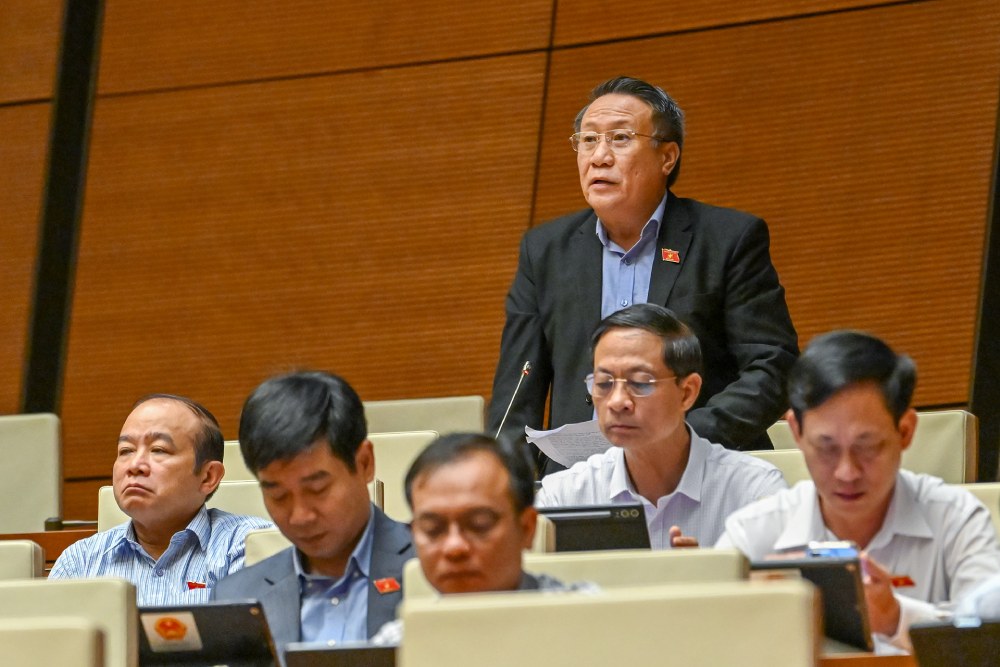
Speaking about the gold market at the discussion session on socio-economics on the same day, delegate Ha Sy Dong (Quang Tri delegation) said that the National Assembly said that from the previous 2-3 terms until now, the developments are still very complicated, causing risks to economic, financial and monetary stability.
According to the delegate, the State Bank has also proposed many solutions, but still " Struggling" to respond, the more impact and intervention is, the " further" the management target is.

